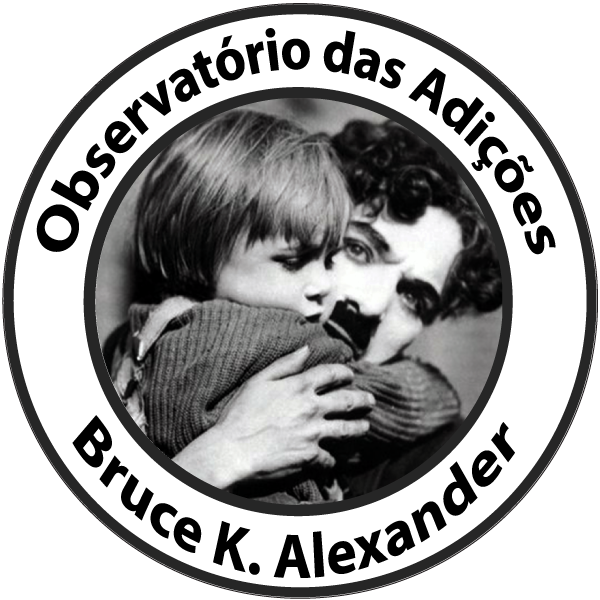Opiate addiction a contemporary view - Rat Park

Photo taken during the Parque dos Ratos experiment
During the 1970s, a team of researchers in Canada showed that rats living as a group in a comfortable environment nicknamed “the rat park” consumed much less morphine than rats housed in the small solitary cages that were standard. in season. Contrary to the highly sensationalized views about opioid drugs spread by the “official” media, rats are not (either then or now) attracted to a powerful opioid unless they are housed in solitary confinement!
Although these experiments were intentionally forgotten at the time, they are now being widely publicized by popular writers and artists and are helping to change the simplistic view of the human relationship with drugs. This chapter describes some of the details and complications of the original research from Rat Park that have been forgotten for over 4 decades and uses them to visualize the future. Much of this chapter is excerpted from a 1985 publication by Bruce Alexander, Stanton Peele, Patricia Hadaway, Stanley Morse, Archie Brodsky, and Barry Beyerstein. alexande@sfu.ca.
Observatório das Adições
Desenvolvido por:
Ed Souza

